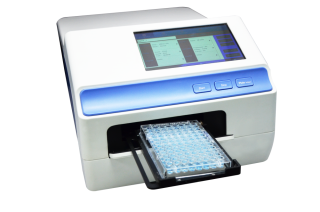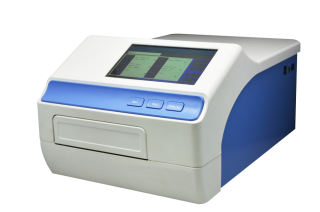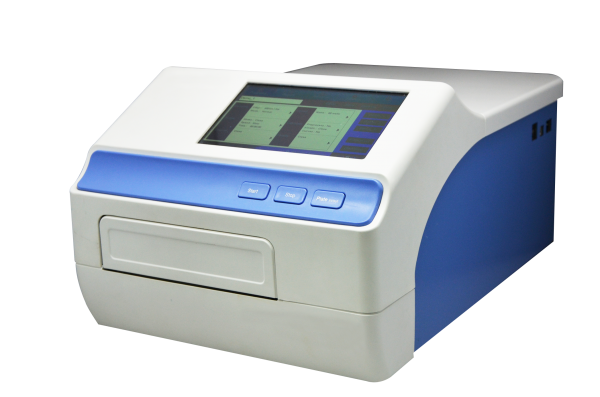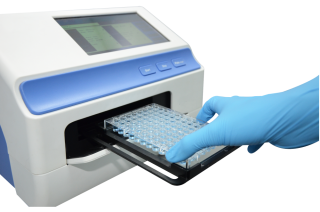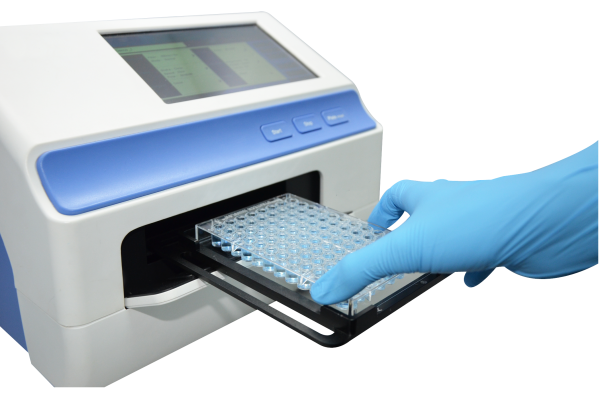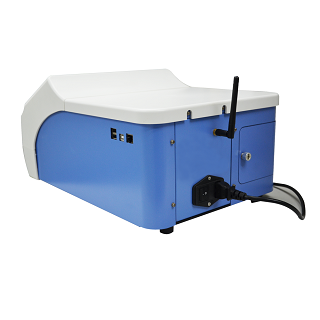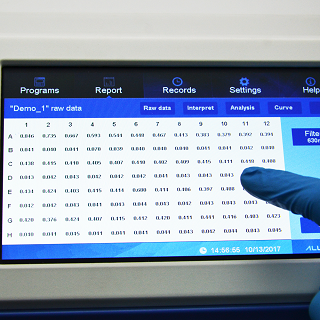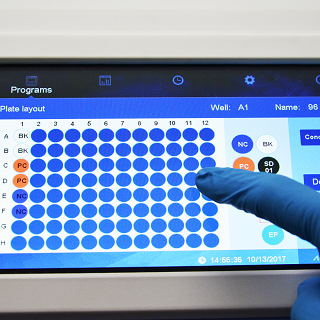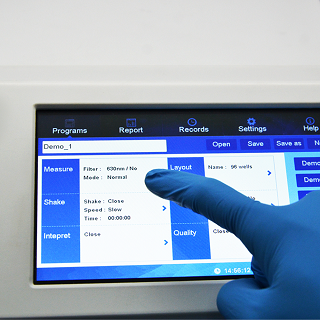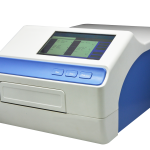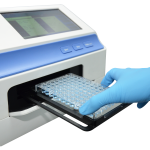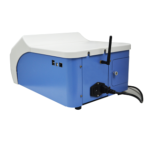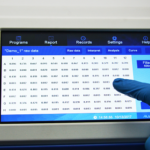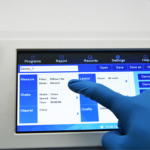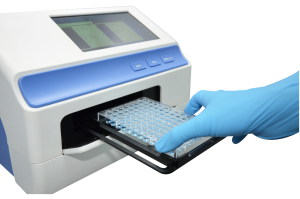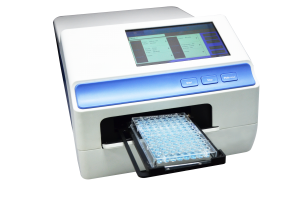Product Description
NS-100 Nano Scan Microplate Reader is an excellent and versatile absorbance microplate reader that is essential for laboratories that require routine measurement of concentration or absorbance in 96-well plates. It is intended for use in various applications such as ELISA (enzyme-linked immunosorbent assays), protein quantification, cell proliferation, enzyme kinetic as well as colorimetric assays.
With fast reading speed, great performance and reproducible result, users no longer have to worry about inaccuracy or time-consuming measurements for your assays.
The NS-100 Nano Scan Microplate Reader offers user-friendly interface with convenient data output, large data storage, built-in shaker for uniform cell suspension and homogenized coloured solutions. It is an economical. robust and stand-alone system that does not require any external computer. The compact design takes up only minimal space making it suitable for small laboratories.
Nano Scan Intuitive Graphic Interface
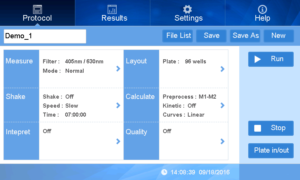
Simply choose pre-set or customize your own protocols and analysis options.
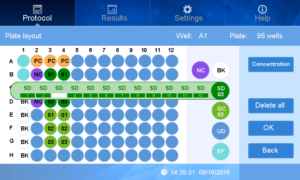
Set up your 96-well plate layout by assigning the positions for positive/negative controls, standards, samples etc
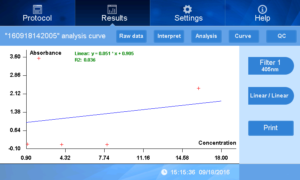
After running, analyse your results with the “Curve” or “Kinetics Measurement” options
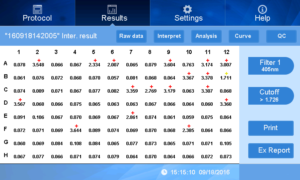
The ‘Cutoff’ value can also be set to interpret your results as ‘positive’ or ‘negative’. Print your results using a thermal printer or export via USB
A Plethora of Assay For Your Research
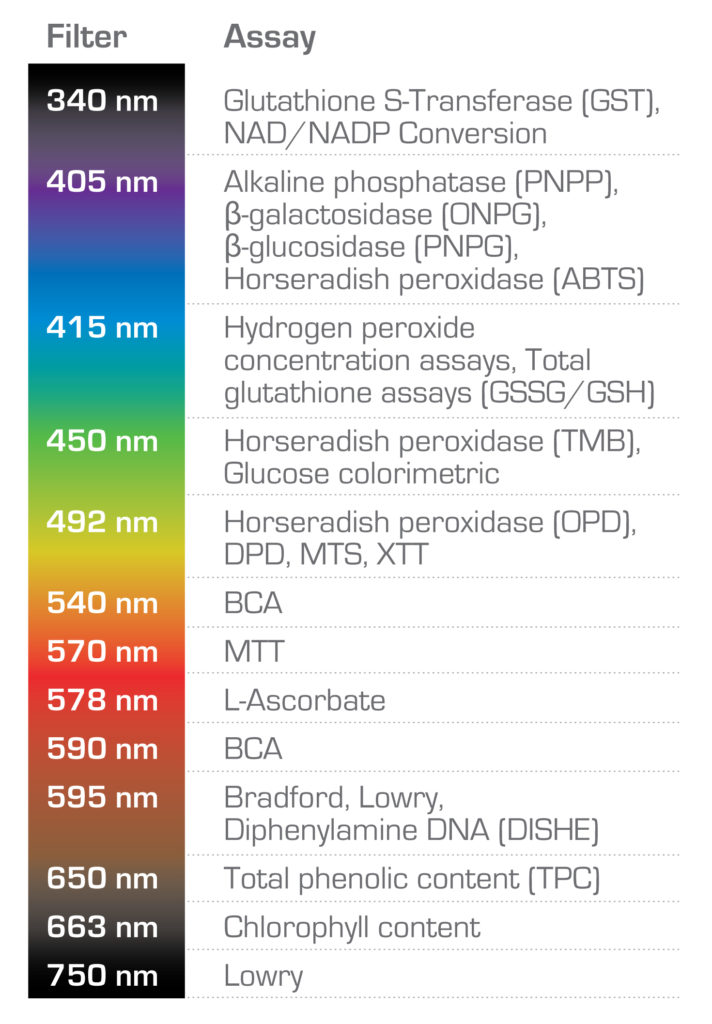
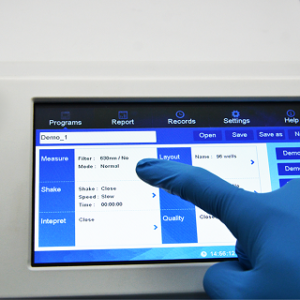
Custom Filters for Your Assay
Can’t find the filter for your assay? Don’t worry! You can select from a total of 28 filters in our extensive catalogue ranging from 340-750nm. Up to 8 different filters can be installed in the NS-100 for your research
Large, Intuitive Touch Screen Graphical Interface
7-inch intuitive touch screen interface allows quick navigation and set up of protocol without any PC. Simply select from any of the pre-set protocols or customize your own protocol according to your needs. Assign controls or sample type and export your data via USB or print straightaway using a thermal printer.
Fast, Accurate and Reproducible
Not only fast with a reading speed within 6 seconds,it also makes sure the results are accurate and reproducible without daunting deviations. With this reliable machine, you can save your precious time and samples and you know that the results are correct.
Features
- 7-inch touch screen with intuitive control panel
- Can be operated as a stand-alone system or connects to printer [optional]
- 8 channel vertical optical path
- Broad wavelength range (4 standard filters: 405nm, 450nm, 492nm, 630nm with optional filters from 340-750 nm)
- Flexible data output (thermal printer or export via USB drive)
- Built-in shaker with 3 modes of speed selection
- Fast and reproducible measurement within 6 seconds
- Automatic motorized door for convenient sample loading
- Analyses include pre-processing for dual mode reads, +/- interpretation with controls, concentration determination, curve fits, and kinetic measurement analyses & curves
Applications
- ELISA
- Protein quantification
- Cell proliferation and growth curves
- Enzyme kinetic assay
- Colorimetric assay

